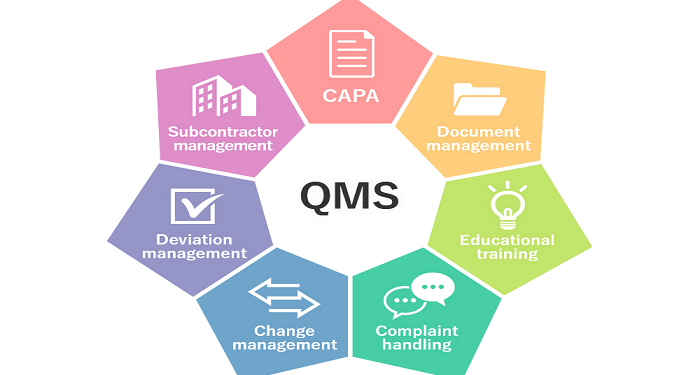What is QMS? QMS stands for quality management system. If you’re not sure what QMS is, read on to discover the full form. QMS stands for quality management system, and the full form is QMS-quality management system. This system helps to control and improve the quality of the products and services in an organization. It is a proven method for achieving this goal. In fact, it is a widely used method for achieving the highest standards of customer satisfaction.
The full form of QMS consists of the organizational structure, processes, resources, and procedures involved in a quality management system. It is an established system focused on meeting customer and consumer requirements. Typically, it will focus on government regulations or customer requirements. The full form of QMS is shown on the company’s website. There are many benefits to using this system, but it can be difficult to get started. If you’re new to the concept, read on to find out how QMS can help your business.
The main purpose of a QMS system is to provide consistency. Customers should know exactly what to expect from a company and should receive the same quality with every purchase. Not only will this improve customer satisfaction, but it will also build a reputation for quality. Moreover, QMS provides useful data for internal audits and data management. This information is valuable to companies seeking to provide the highest quality services and products. And as a bonus, QMS is free of charge!
Developing a quality management system is an important and challenging task. But the rewards will make it worthwhile. Using the QMS full form as a guideline for your business’s quality management process is a smart way to ensure your success. There is a vast range of QMSs to choose from. You can start with one or combine several to achieve the desired results. So, read on to discover the full form of QMS!
A QMS also includes processes and procedures for ensuring a consistent quality in a product or service. You should include in your quality management system the quality policy, objectives, processes, and descriptions of how these processes work. In addition to quality objectives, the quality manual also includes customer satisfaction and process flows. Ultimately, the QMS will improve customer satisfaction. If you implement a QMS, your customers will feel confident in your products.
QMS also enables organizations to manage their documents in a single place. In this way, the company can streamline change control, reduce audit cycle times, and improve employee training. It is crucial to use the full form of QMS to ensure that your business can maintain the highest levels of quality. But if you’re not sure how to get started, consider MasterControl. You’ll be glad you did! The QMS software will streamline your change control process, reduce cycle time, and help you resolve nonconformance issues faster.
The QMS system is a global standard for quality management, which is recognized and accepted by many organizations around the world. It defines typical QMS policies, processes, and records and can be tailored to the requirements of any organization. The ISO 9000 series is the most commonly implemented and is widely used in many countries. The ISO 19011 audit regime applies to quality and sustainability. This standard sets the standards that all companies need to meet regulatory requirements.








